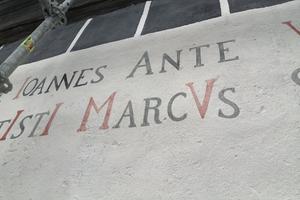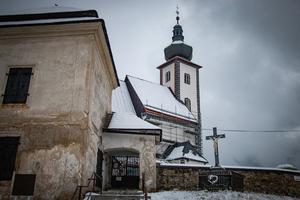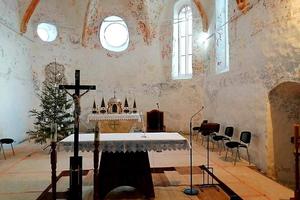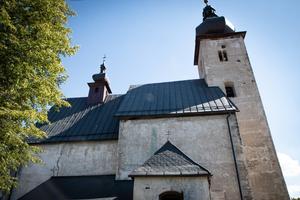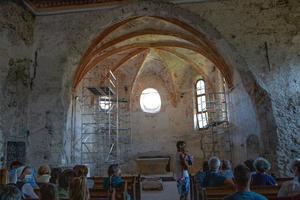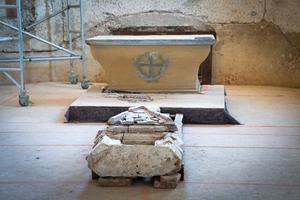Extensive restoration work has taken place in recent years at the Church of St John the Baptist in the village of Liptovský Ján in the Žilina Region.
The facade of the church underwent the biggest transformation, on which restorers reconstructed the last architectural arrangement and decoration dating to the second half of the 17th century, as reported by the My Liptov website.The facade of the church underwent the biggest transformation, on which restorers reconstructed the last architectural arrangement and decoration dating to the second half of the 17th century, as reported by the My Liptov website .
“Everything is being done on the outside. Much more than we planned to have actually done,” said Liptovský Ján pastor Peter Kvasňák, who initiated the repair of the church, “Originally, one cross on the tower was only supposed to be aligned.”
Although church goers from Liptovský Ján returned to the church after almost two years on Christmas Day last year, the reconstruction work on the church is far from over.
St George defeats a dragon
Under a thick layer of newer plaster, restorers found older paintings. Preservationists and restorers informed about the find as early as 2020.
For instance, a monumental fresco of St George, who defeated a dragon with a spear, dates to the first half of the 14th century. It has not been completely preserved, but the whole scene is seven metres long and about two and a half metres high. They also discovered a painting of two female saints, a depiction of the Holy Trinity in a very archaic, ancient form.
The ceiling of the entire sanctuary is also decorated with relatively well-preserved renaissance paintings, which are fairly unique in churches.
The original paintings on the walls of the church, built in the 13th century, were covered by a later layer of plaster. Restorers had to remove it, comprising 34 tons of material.
“We only removed paints and plasters that had no value,” said restorer Michal Pleidel. “We were able to uncover rare layers of paintings from the 13th to 17th centuries.”
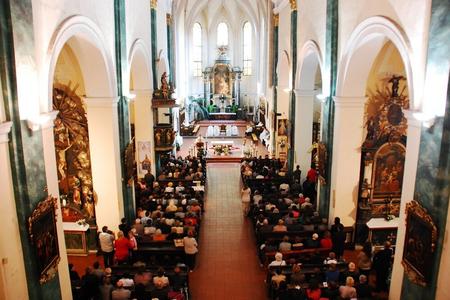
Medieval and renaissance interior paintings have not yet been completely restored. This year, a colour retouching of the missing parts awaits.
However, the painted ceiling decoration in the nave of the church from the beginning of the 19th century has been completely restored, Pleidel said. It contains the family insignia of the church’s donors.
13th century evidence
Consecration crosses were also found in the interior of the Church of St John the Baptist. These are the oldest and only two elements of painting decoration from the early phase of church construction in the 13th century.
Consecration crosses are usually crosses painted in a circle, evidence that the church was consecrated by a bishop.
Two such crosses were discovered in Liptovský Ján.
Encrypted year
Last year the biggest work was carried out on the exterior of the church. A roof was also replaced.
Restorers encountered an inscription on the facade, which they repaired. The inscription in exact translation is more difficult to understand, Pleidel said, but it is basically a reference to the origin of a given layer of facade decoration.

“In addition, it encrypts the year arranged in large red letters, Latin numerals, which need to be counted,” Pleidel said.
When they counted the numerals, they got the year 1668.



 The facade of the Church of St John the Baptist in Liptovský Ján underwent a big transformation in the past two years. (source: Ľubica Stančíková)
The facade of the Church of St John the Baptist in Liptovský Ján underwent a big transformation in the past two years. (source: Ľubica Stančíková)
